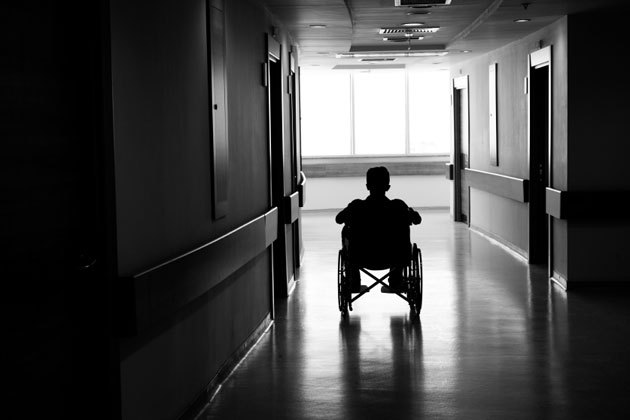A recent report by the Institute of Medicine titled “Dying in America” examines end of life care and highly criticizes how the system handles cases of dying individuals. It calls for a complete overhaul of the country’s end of life care. While we have known the consequences of longevity for over a century the system has failed to react and change the way we care for seniors in this country.
Over twenty years ago I was fighting the nursing home lobby here in Florida so that we could shift funding away from nursing homes to community care. It was a nasty and long fight that many predicted I was going to lose. The strong arm of the nursing home lobby and their contributions to political campaigns made it very difficult for me to convince legislators that it was not only fiscally responsible to keep aging individuals in their communities, but the humane way to go. We are still in the midst of this fight, despite the fact that most state Medicaid and Medicare budgets are bursting. Still our representatives are hesitant to act. There are still some states where the only option individuals have as to where they can die are a nursing home or hospital. The cost savings to taxpayers of keeping an individual away from institutions have been amply proven. Yet for most of our states, 70% of funding goes to nursing homes instead of community services. The end result is not only an unnecessary expensive end of life care but the unnecessary suffering of human beings that would rather die at home.
The New York Times recently published the story of Joseph Andrey and the efforts his daughter went through to bring him home. Joseph Andrey died three weeks before turning 92 but not at home but in a hospital. He was covered with deep pressure ulcers after being strapped to a bed in a nursing home. His care costs millions of dollars leaving his daughter broken with guilty feelings of not having been able to fulfill his constant requests to die at home. Today 48 times as many people are reaching age 85 than 10 years ago, triple the number who turn 65 and the likely course of death is long and unpredictable. Yet our system has not been set to take account of this phenomenon. We have frail, old people moving into the medical-industrial complex that is driven by profit margins and cost billions of dollars every year.
Dying at home is like sailing against the wind. That was certainly Joseph’s daughter’s experience. For years she tried to find care at home but to no avail. Home care agencies kept dropping him because he was unprofitable to care for. Hospice care was limited to six months. Reimbursement to these entities is often based on their needs and not the individuals.
While the system is changing slowly, it will take a major crisis and a lot of public outrage to change it to a way individuals like Joseph may have wished.

